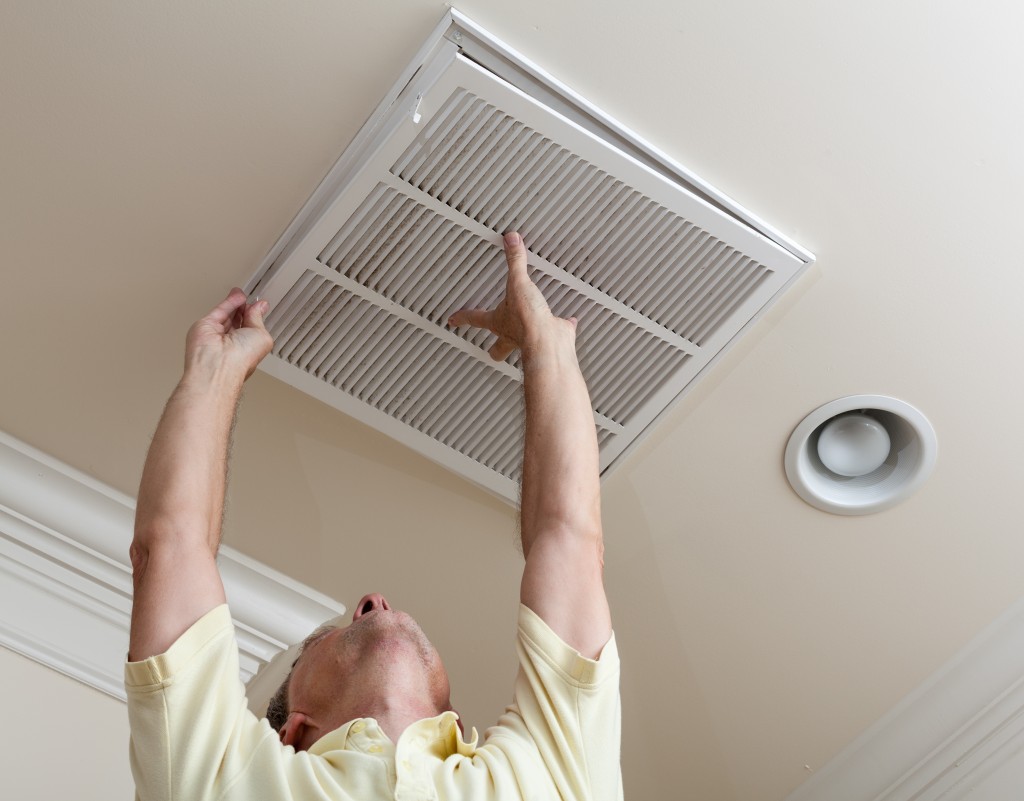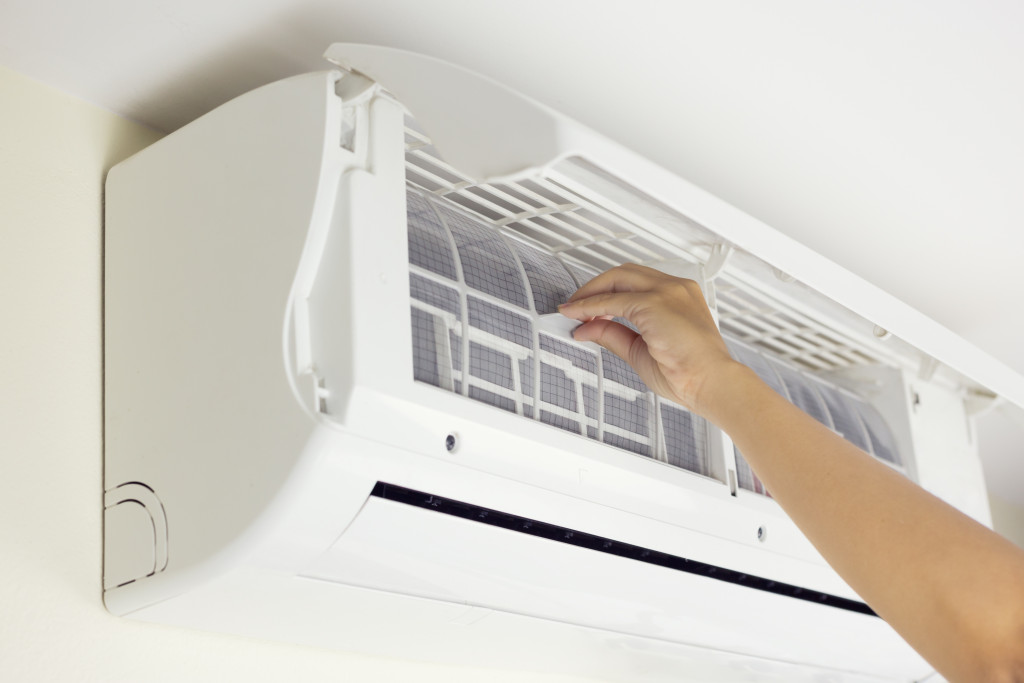Isn’t it funny that before the coronavirus pandemic, we were contented with one type of air purification system in our home? Of course, that’s being generous. A lot of us don’t even think about the quality of indoor air in your homes. It’s good for us to air out the rooms once in a while, especially before winter, but that’s about the time we spend worrying about the air we breathe.
And then the coronavirus happened. Practically everyone is now concerned about what toxins and contaminants are in the air. How did we get so old without knowing how important it is to purify the air inside our homes? Every establishment now has an air purification system. Are you wondering what you should have in your home? Or, can you have them all?
UV Purifiers
Medical settings use UV light air purification systems to destroy viruses, bacteria, and germs in the air. They work by sucking the air into the device and using the UV light to break down the chemical bonds between DNA molecules. The viruses then become inactive. Called ultraviolet germicidal irradiation, it can also destroy bacteria and fungi.
It’s important to remember that you shouldn’t expose yourself to UV light. While it won’t harm you right away, it can harm your skin later on. Also, you might want to use this to complement your HEPA purifiers. These two are the best when it comes to antibacterial and antiviral disinfectant process.
HEPA Filters
You might be hearing a lot about HEPA purifiers since the pandemic started. This is nothing new. HEPA purifiers have been around since World War II when soldiers used them in gas masks during battles. Then, the Manhattan Project developed them further. Since then, HEPA purifiers have been a common household item for those concerned about the quality of the air they breathe indoors.
HEPA stands for high-efficiency particulate air. At best, it can filter 99.97% of particles of diameter 0.3 μm. HEPA filters use fiberglass as material. This is where airborne particles get filtered. The purifier then pumps out the clean air back to the room and draws in more contaminated air.
Activated Carbon
This type of purifier is effective in removing odors from your home. If you are worried about smoke, fumes, and gasses that enter your home, you can get an activated carbon air purifier. It has an extensive surface for absorbing odors, but not so much in removing allergens and airborne particles. These are also less effective at eliminating pollen, dander, dust, and mold unless they come with HEPA filters.
However, activated carbon air purifiers are great at removing odors that can irritate people who are allergic to strong perfumes. These purifiers are great to have when you have babies or anyone who has asthma and other respiratory problems in the house. Once the purifier filters the air pollutants, the device doesn’t release them back to prevent recontamination.

Ionic Purifiers
This purifier was the go-to purifier for homes before the emergence of HEPA filters. For many, this is still the most practical air purifier to have because it doesn’t use filters. This means lower upkeep costs, unlike HEPA purifiers that need a filter change every six months to a year.
Ionizers produce positive or negative ions that cling to the particles in the air. There are two ways to clean these particles. The first one is the corona discharge, which means the particles eventually settle on surfaces that you can then wipe. The second and more practical one is the electrostatic precipitators, wherein the particles settle on charged plates within the device.
Essential Oils
Believe it or not, but many people are into using essential oils now to purify the air inside their homes. The oils of cinnamon, peppermint, lemon, orange, thyme, oregano, clove, and rosemary can reportedly purify the air in a room. While there is a lack of evidence that these oils work, people still use them to purify indoor air naturally.
There’s no reason, of course, to hate on oil diffusers. They smell good. They are relaxing. That alone should put them on top of your list of devices to buy.
Consider the functions you need the purifier to do. Is it to remove toxins and contaminants? Is it to remove gas and odor? Is it to make the room smell nice and fresh? Once you know what you need, it is easier to choose the right purifier for your home. Also, there’s no reason why you should have all of these, depending on what room you are trying to purify.

